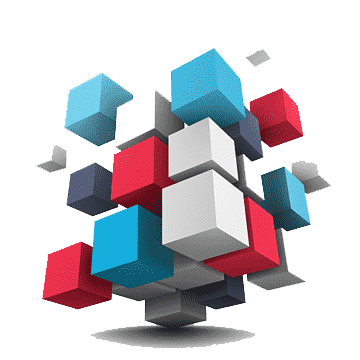
Design Patterns in Software
With design patterns, software engineers may efficiently handle recurring problems. They provide programmers with an organized approach to designing and implementing software systems, enabling them to produce programs that are scalable, dependable, and maintainable. In this blog, we’ll go over the importance of design patterns, their benefits, and how they improve software development projects’ overall success.
Design patterns are reusable solutions for typical design problems in software development. They include tried-and-true techniques and best practices that let developers solve difficult problems in an efficient manner. Design patterns provide a standard language and structure for developers to interact, making it easier to understand and collaborate on projects.


Reusability
Design patterns promote code reuse, which reduces duplication and increases development productivity. By using pre-existing patterns to address common problems instead of having to start from scratch, developers can save time and effort.
Maintainability
Code is more organized and has a clearer structure thanks to design patterns, which also make code more maintainable. It’s easier to expand or modify specific sections of the codebase without affecting the system as a whole because they separate the issues. This flexibility facilitates easier maintenance and reduces the likelihood of introducing problems.
Scalability
In order to facilitate scalability, design patterns promote flexibility and loose coupling. They let developers add new features or components without altering the existing codebase. This adaptability ensures that the software system may grow and alter to meet changing needs.
Readability and Understandability
Code is easier to read and understand when it follows design patterns. By following well-established patterns, developers can create code that is easily identifiable by other developers, promoting collaboration and maintaining consistency.
Creational Patterns
These patterns focus on object creation methods, such as Factory Method, Singleton, and Builder. They ensure that the system remains decoupled and extendable while providing a range of flexible generation options.
Structural Patterns
Structural patterns deal with the creation of classes and objects. Examples include the Decorator, Facade, and Adapter. They provide flexibility and code reuse by enabling programmers to mix fundamental building blocks to create intricate systems.
Behavioral Patterns
The way that objects interact and communicate with one another is the subject of behavioral patterns. Patterns such as Observer, Strategy, and Command help define how objects interact with one another, improving the overall flexibility and maintainability of the system.


Identify the Problem
Determine the specific problem or challenge that your software development project is facing. Determine any recurring patterns or issues that a design pattern solution can address.
Choose the Appropriate Pattern
Choose the design pattern that addresses the issue at hand the best. Think about the features of the issue, the system’s needs, and the intended result.
Implement the Pattern
Make use of the chosen design pattern by following its guidelines and principles. Keep the design’s core concepts and structure intact while adjusting it to your project’s specific requirements.
Test and Refine
Test the applied design pattern thoroughly to ensure that it fixes the problem successfully. Make the necessary adjustments and iterations to maximize the result.
Design patterns are vital to the software development process because they provide reusable answers to common problems. They increase the code’s readability, scalability, maintainability, and reuse, which leads to more dependable and efficient software systems. Developers may produce applications of superior quality that are easier to collaborate on, extend, and maintain with the appropriate understanding and application of design patterns. Programmers can create software that is immensely valuable to consumers and lasts throughout time by using design patterns.

